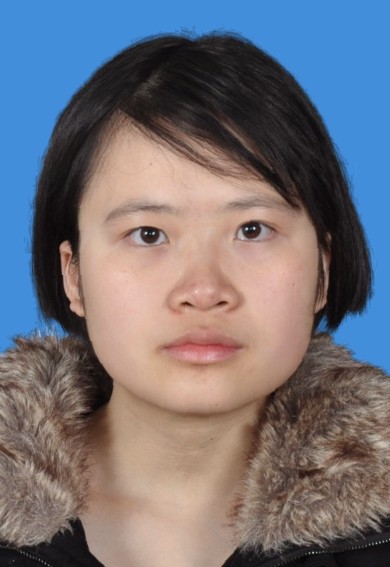Day 1 :
Keynote Forum
Mary Guendy Naguib Ghobrial
Alexandria University, Egypt
Keynote: Qualitative and Quantitative screening of biochemical compositions for six selected marine macroalgae from Mediterranean coast of Egypt

Biography:
Abstract:
Keynote Forum
Mohammad Bagher Rezaee
Research Institute of Forest and Rangeland, Iran
Keynote: Ethno-pharmacology of herbal and their natural remedies products in Iran
Time : 09:40-10:20

Biography:
Abstract:
Keynote Forum
Daniel Dan Motlhanka
Botswana University of Agriculture and Natural Resources, Botswana
Keynote: Comparative phytochemical screening and antioxidant activity of Cardiospermum corindum from Botswana
Time : 10:50-11:30

Biography:
Abstract:
Keynote Forum
Andrei L Gartel
University of Illinois, USA
Keynote: The role of FOXM1 in cancer
Time : 11:30-12:10

Biography:
Abstract:
- Botanical Drug | Pharmacology and Drug Design | Cardiovascular Pharmacology | Ethnopharmacology and Ethnomedicine | Pharmacognosy and Phytotherapy Natural Products Research | Traditional Chinese Medicine (TCM) | Anti-Cancer Drugs | Cancer Diagnosis
Location: Concord A/B
Session Introduction
Claudio Frezza
Sapienza University of Rome, Italy
Title: Phytochemistry and Ethno-Pharmacology of Lamiaceae

Biography:
Abstract:
Yu-Cheng Kuo
Taipei Medical University and Chinese Medicine University, Tiawan
Title: Meridian on medical duality of particle and wave

Biography:
Yu-Cheng Kuo is working in the Department of Pharmacology, School of Medicine, College of Medicine, China Medical University, Taipei Medical University, Taiwan.
Abstract:
Asma Allal
Tlemcen University, Algeria
Title: Preliminary phytochemical screening of daphne gnidium L and chemical composition of aerial part essential oil
Biography:
Abstract:
Fizza Batool
Quaidazam University, Pakistan
Title: Complementary and Alternative Medicine (CAM) uses in pharmacology pathways
Biography:
Abstract:
- Herbal and Holistic Medicine | Pharmacokinetics and Pharmacodynamics | Phytochemical Studies of Medicinal Plants and Plant Extracts | Medicinal Chemistry | Phytochemistry and Phytopharmaceuticals | Entrepreneurs Investment Meet | Cancer Pathophysiologies | Cancer Therapeutic Modalities Factors Affecting Clinical Outcomes | Types of Cancers
Location: Concord A/B

Chair
Shahid Husain Ansari
Jamia Hamdard University, India

Co-Chair
Daniel Dan Motlhanka
Botswana University of Agriculture and Natural Resources, Botswana
Session Introduction
Mohammad Ahmad
King Saud University, Saudi Arabia
Title: Attenuating effects of Nigella sativa on cognitive dysfunction, hippocampal oxidative stress and neurodegeneration following status epilepticus in young male rats

Biography:
Abstract:
- Poster Presentations
Location: Concord A/B
Session Introduction
Jian-xin Liang
Jinan University, China
Title: Baicalin administration has a protective effect on hyperglycemia-Induced malformation of cardiovascular system

Biography:
Abstract:
Amal Y Aldhebiani
King Abdulaziz University, Saudi Arabia
Title: Antibacterial activity of Commiphora gileadensis and Abutilon bidentatum, collected from Al- Abwa region, Saudi Arabia
Biography:
Abstract:
Jyothi Penta
Kakatiya University, India
Title: Assessment of herb drug interaction study of sitagliptin in combination with curcumin

